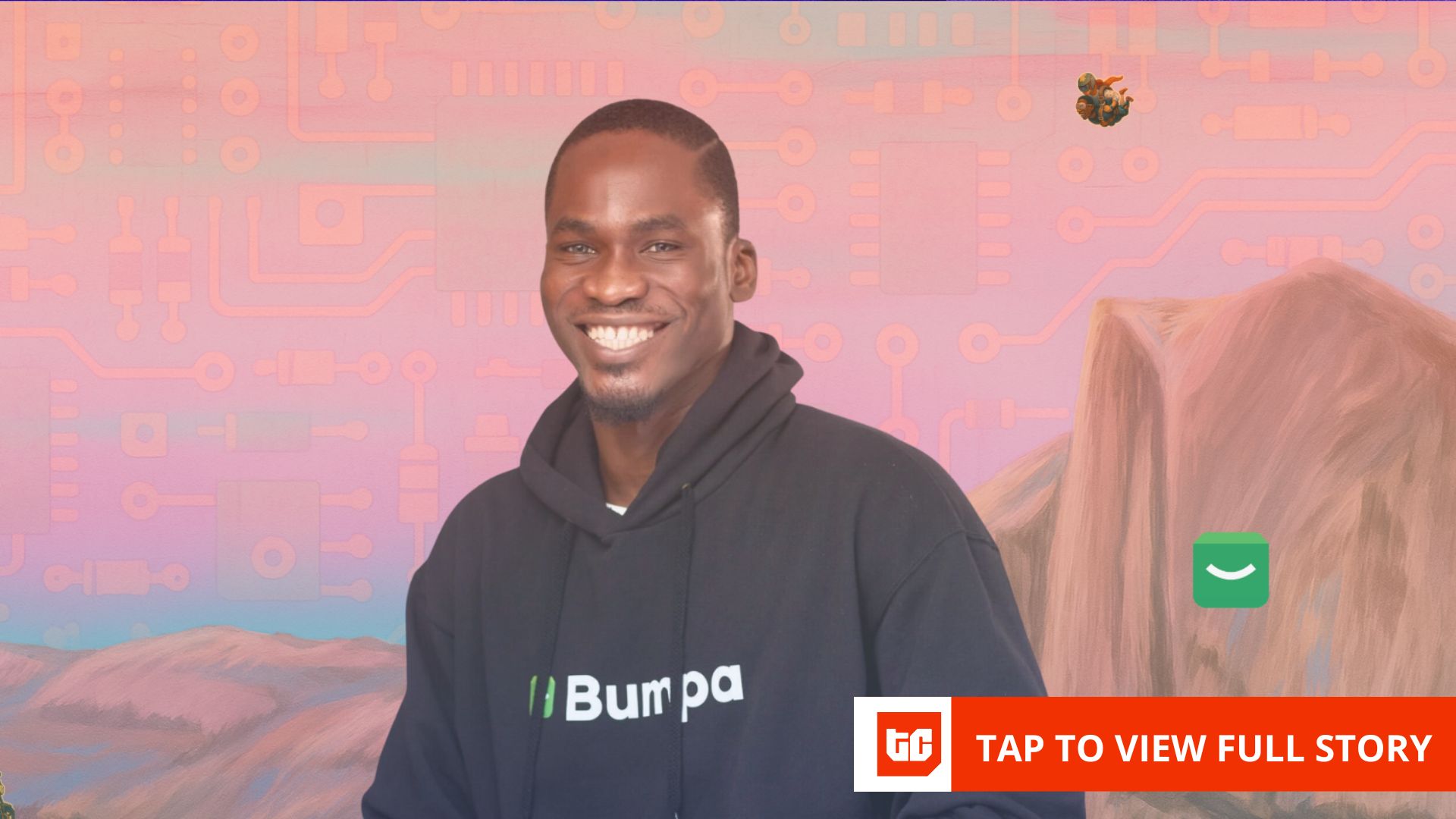The entire dev community building with AI is vibing over MCPs right now, but do we really need a new thing to hype over every day? Especially when the best generative AI products may be hiding in plain sight.
The Big Tech Priorities
ChatGPT has the first-mover advantage and caused the initial shock with GPT 3.5, so it makes sense that it is the most popular AI product on the market.
DeepSeek briefly took over amid the hype-cycle. Grok is benefiting from its integration into X.
Meta is sitting out on the business-to-consumer (b2c) race right now even as it has developed some of the most impressive large-language models (LLMs) yet seen on the market in the open-source LLM series.
It has a “Meta AI” chat available on its platform but Mark Zuckerberg’s company doesn’t seem to invest in marketing it.
Apple is also focusing on native integration into its existing products through Apple Intelligence (a major failure, for what it is worth), rather than trying to grab a piece of the quickly-growing generative AI chat userbase.
Even as all of this seems more straightforward, Google’s case is more noteworthy.
To Be, Or Not To Be
When Wall Street first began reading the implications of generative AI — Google was identified as one of its first victims. If everybody is asking ChatGPT everything, who would be asking Google anything?
The question clearly bugged Google — it launched its own rival ‘Bard’ in a rush — and, I.T. W.A.S. A. D.I.S.A.S.T.E.R.
Google’s Bard and initial Gemini launches were disaster.
The generative AI couldn’t answer comparably to other models at the time and its photo generation grabbed attention — not for image quality — but for political correctness.
The “woke” AI just wouldn’t generate images of white people even when asked in appropriate context, and it became a hot topic at a time when the U.S. was going through a political shift.
Google stock tanked, everyone wrote the company’s obituaries.
Yet, the vibes have been shifting over the past year, and not enough people outside of tech seems to notice.
Google’s Shifting Priority In Gen AI
The tech giant’s public-facing AI chat interface is still not popular — and it isn’t particularly good either. Certainly, can’t compete with ChatGPT, Claude or Grok.
But here is the thing — I don’t think Google cares anymore. It has different schemes.
Google seems to now have two priorities in AI: integrate gen AI into interfaces where its users are and second, give tool to other passionate developers and let them build cool products using its APIs.
The first means you see the email writer AI in gmail, you see “AI overviews” in Google Search (or now the “AI chat“ coming soon!), you can have AI do templating or other work on your Sheets, or write in Google Docs.
The second is a bit more interesting, at least to me! Google AI Studio for developers is now by far the best AI API interface for developers out there! Seriously, it is just sooo much better than OpenAI’s Playground.
I seriously began noticing the product when Google hired Logan Kilpatrick, formerly of OpenAI, a year ago to lead product development for the AI studio.
Logan has an impressive reputation for listening to developers when it comes to building products that actually work for them and I had been following him for a while.
Google has been rolling out LLMs after LLMs — its Flash Thinking model is incredible at reasoning and available at throw away prices. The Pro 2.0 performs way better than GPT-4o at most tasks, for example.
While all developers get free access to the models that are still in experimental stage, even the production-ready models are priced very competitively.
The Gemini 2.0 Flash is priced at 10 cents per million input token and 40 cents output. Compare that with GPT-4o’s pricing of $2.5 per million tokens input and $10 output!
A Silent Turnaround
When Google takes the Thinking model out of experimental stage, much of narrative around AI would have moved on from Reasoning model to something else — so the company may miss out on the marketing but the fact that it has a reasoning model at pricing that outshines competition by far wouldn’t have changed.
Anecdotally, I am hearing more and more from my developer friends that they are switching over from OpenAI to using Gemini API for several use-cases.
Generative AI is a rapidly-progressing space and media and marketers are looking for shiny gold nuggets — but I have changed my mind on Google.
It may just survive the storm when it all blows over.
WTF’s An MCP?
If you’ve been anywhere near AI Twitter this week, you’ve probably seen people throwing around the term “MCP” like it’s the latest tech revolution. But hold onto your GPUs — it’s not exactly groundbreaking.
“MCP,” or Model Context Protocol, is basically a standardized way for apps to pass context to LLMs.
Think of it like giving your AI better briefing notes before it starts talking—so it’s smarter, sharper, and doesn’t embarrass itself.
Tools like Claude and Cursor have been playing with similar ideas for months, and it’s closely related to something called Retrieval-Augmented Generation (RAG)—a fancy term for “fetching extra context for smarter responses.”
Sure, MCP makes things tidier and more convenient. But despite Twitter bros hyping it like the AI equivalent of sliced bread, it’s more incremental improvement than revolutionary leap.
It’s just Twitter bros being Twitter bros.
Gotta leave you with this sarcastic tweet from Pieter on the topic though..
https://twitter.com/levelsio/status/1898793069551419886
New Happenings
- OpenAI has made major updates to its API, as it prepares for an “AI Agents” oriented future. These include the Responses API and making tools like Web Search and Computer Use available. I am yet to try these, but I am excited about experimenting with them in my Agents.
- “Law & Order” Creator Dick Wolf is backing his son’s new AI startup ‘Wolf Games; that aims to develop daily murder mystery games.
- IPO-bound CoreWeave is at it again! This time with a $12 billion deal with OpenAI for AI data centers and other services.
- Google has launched Gemma-3 model for developers that it says is the most powerful model that can be run on a single GPU.
- McDonalds is doing an AI makeover at all of its 43,000 restaurant to improve service. This includes replacing some human roles like administrative managers and taking customer orders but also sensors on equipments.
Builder’s Corner
I wanted to do a small section for non-developers to learn how to get gradually better at coding using AI! Let me know if you like it or not through the Feedback section below.
I am surprised that a lot of people are using dedicated “AI website builder” apps at premium pricing, when you don’t really need them.
To get started with learning about the capabilities of current AI, let’s start with coding our childhood-favorite snakes game.
Put this prompt in Claude (or Cursor/any IDE assistant if you use that):
Make a snake game with a basic snake using css and any js needed, including any standard free library, it collects points with squares.
Let’s keep memory of session high score, and display some basic messages. Do the game with minimal features but fully functional.
Now take this content and paste it into any text editor on your laptop, save it as “index.html” or “snakes.html.”
Open the saved file in your web-browser by clicking on it, and you have got your own personal version of the game!
Want to customize it further? Just do follow-up prompts like “I want it to have a triangle head instead. Or I want the background of the game to be different.“
So, now you don’t need to go to any website to play a game but just on your own laptop. Check out my results at: https://snakes.artificiallyboosted.com/
AI is also a great way to learn, so if you want to know more about how the game is being developed, just try asking the AI, “how is the code functioning at a high-level?“ or “what is javascript and what role does it play in this game?”
If you take if far enough, you may just end up making a game that is perfectly customized for your needs!
Did you like this small little tutorial? Should we do a builders series?
From Artificially Boosted Family
-
We have rolled out hotel recommendations on https://tushitaai.com/ main chat and also customized destination recommendations based on your location! Working on improving speed.
-
Dzambhala Nodex was first to break news of Starlink-Airtel partnership! This is just one example of how AI is set to play a crucial role in consumption of financial data and information.
We are growing everyday! 🎉 If you have friends, family, acquaintances or even (pesky) relatives who may enjoy this newsletter, please share! It means a lot.
I read and take all feedback very, very seriously! That’s what is helping improving this newsletter everyday. Just reply to this email.
What did you think of today’s newsletter?
- Really enjoyed it
- Meh – you suck
- I just skimmed through
- it was 50-50
This newsletter was first published on Artificially Boosted. Subscribe to the newsletter for more such insights.














